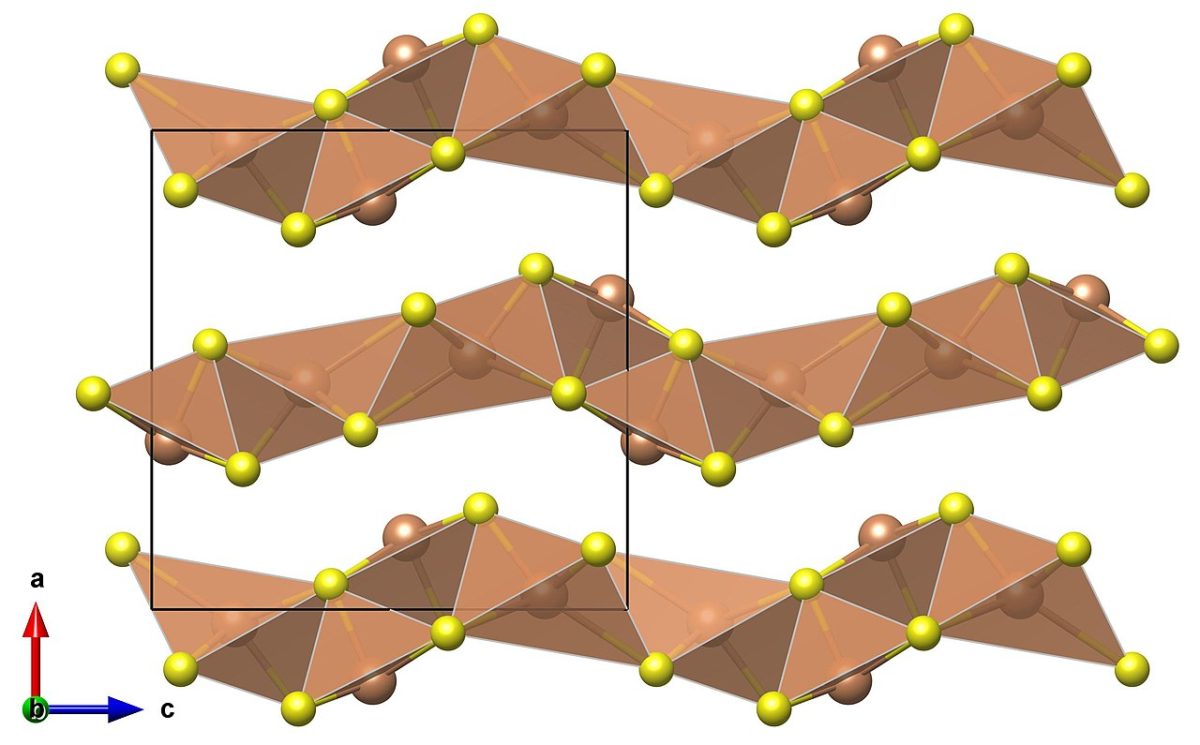Scientists from the University of Toledo in the United States have developed a 6.43%-efficient solar cell based on antimony selenide (Sb2Se3), which is a little studied absorber material that nonetheless has a near-direct bandgap of ~1.2 eV and excellent optoelectronic properties.
The cell, which they described as a low-cost and environmentally friendly device, was fabricated by depositing the Sb2Se3 films on soda-lime glass substrates coated with molybdenum (Mo) using closed space sublimation (CSS), which is a physical vapor deposition process commonly used in the production of thin-films and cadmium telluride (CdTe) panels.
A bulk Sb2Se3 absorber layer was deposited using the source plate. “The obtained absorber layers were then selenized at temperatures from 350 to 450 degrees Celsius in argon at a base pressure of 10 Torr with 100 mg selenium for 30 minutes to promote the recrystallization of Sb2Se3,” the academics explained.
After this production step was concluded, the group deposited a 55 nano-meter thick cadmium sulfide (CdS) buffer layer onto the absorber using chemical bath deposition. They then deposited a front contact layer comprising a 50 nm high-resistive intrinsic zinc oxide (i-ZnO) layer and a 250 nm aluminum-doped zinc oxide (ZnO:Al) via radio frequency (RF) sputtering. All these layers were scribed together to form a solar cell with an active area of 0.2 cm².
“The results indicate that a proper selenization temperature is critical to achieving Sb2Se3 films with large grains, uniform morphology, high crystallinity, desired crystal orientations, and increased carrier density,” the researchers stated.
Popular content
The device is presented in the paper Influence of Post-selenization Temperature on the Performance of Substrate-Type Sb2Se3 Solar Cells, published in ACS Publications.
This content is protected by copyright and may not be reused. If you want to cooperate with us and would like to reuse some of our content, please contact: editors@pv-magazine.com.



very informative magazine . I live to read it and gives latest update .